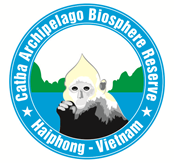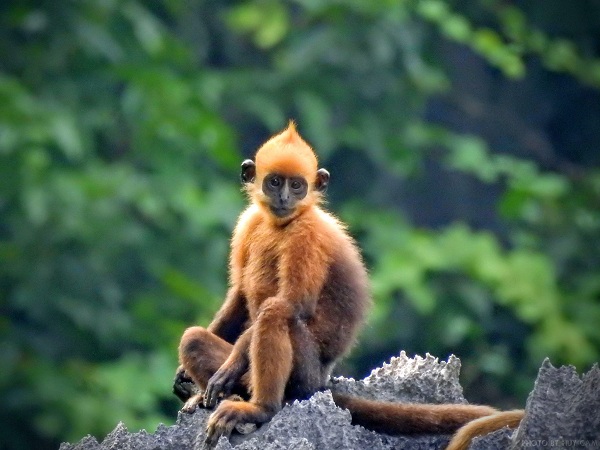
ROLES OF BIOSPHERE RESERVES
Khu Dự trữ sinh quyển là “những mô hình trình diễn của quốc gia, khu vực về phát triển bền vững” (Kế hoạch hành động Lima về các Khu Dự Trữ Sinh Quyển Thế Giới 2016-2025).
DEFINITION OF A BIOSPHERE RESERVE
As stated in the Statutory Framework of the World Network of Biosphere Reserve, biosphere reserves are “areas of terrestrial and coastal/marine ecosystems or a combination thereof, which are internationally recognized within the framework of UNESCO’s programme on Man and the Biosphere (MAB)”.
Biosphere reserves are nominated by national governments and remain under the sovereign jurisdiction of the states where they are located. Their status is internationally recognized
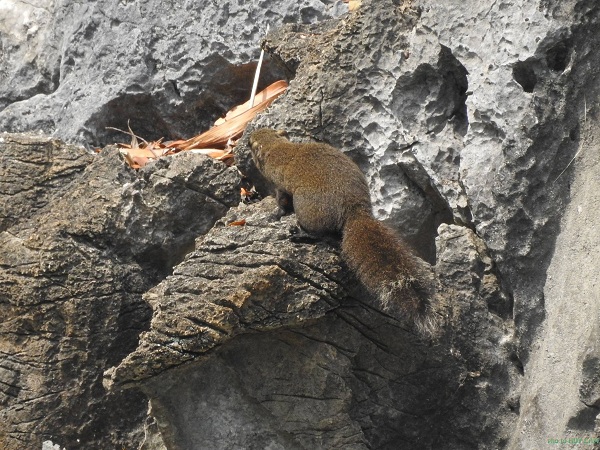
Functions of Biosphere Reserves
on a regional scale:
(i) conservation – contribute to the conservation of landscapes, ecosystems, species and genetic variation;
(ii) development – foster economic and human development which is socio-culturally and ecologically sustainable;;
(iii) logistic support – support for demonstration projects, environmental education and training, research and monitoring related to local, regional, national and global issues of conservation and sustainable development.
Criteria for Biosphere Reserve nomination
Biosphere Reserve is “the model of national, regional sustainable development”
(Lima Action Plan 2016-2025).
1. It should encompass a mosaic of ecological systems representative of major biogeographic regions, including a gradation of human interventions.
- 2. It should be of significance for biological diversity conservation.
3. It should provide an opportunity to explore and demonstrate approaches to sustainable development on a regional scale.
- 4. It should have an appropriate size to serve the three functions of biosphere reserves.
5. It should include these functions, through appropriate zonation, recognizing:
(a) a legally constituted core area or areas devoted to long-term protection, according to the conservation objectives of the biosphere reserve, and of sufficient size to meet these objectives;
(b) a buffer zone or zones clearly identified and surrounding or contiguous to the core area or areas, where only activities compatible with the con servation objectives can take place;
(c) an outer transition area where sustainable resource management practices are promoted and developed.
6. Organizational arrangements should be provided for the involvement and participation of a suitable range of inter alia public authorities, local communities and private interests in the design and carrying out the functions of a biosphere reserve.
7. In addition, provisions should be made for
(a) mechanisms to manage human use and activities in the buffer zone or zones.
(b) a management policy or plan for the area as a biosphere reserve.
(c) a designated authority or mechanism to implement this policy or plan.
(d) programmes for research, monitoring, education and training.
Milestones of the World Network of Biosphere Reserves
| TIME | Milestones | HIGHLIGHT |
| Sept 1968 | “Biosphere Conference” in Paris about “the scientific basis for the wise use and conservation of natural resources of the biosphere” | Idea of Man and the Biosphere (MAB) were conceptualised. |
| Nov 1970 | UNESCO started Program Man and the Biosphere (MAB) | MAB Launched |
| Nov 1971 | The first meeting of the Coordinating Council of MAB International (ICC) | MAB first meeting |
| May 5-16, 1972 | UN Conference on Environment of mankind, in Stockholm, Sweden | Stockholm Declaration: 26 Principles for environmental protection, marking World Environment Day. |
| 1974 | Concept of biosphere reserves given by MAB taskforce Group; Three basic functions: conservation, development and support; and three functional areas. | Laucnh of the concept area biosphere reserves |
| 1976 | The first 57 biosphere reserves recognized in 9 countries. | Start World Network of Biosphere Reserve |
| 1981 | International Conference “Ecology in Action” | Evaluated 10 years of MAB |
| 1983 | 1st Congress of the World Biosphere Reserve in Minsk (Belarus), UNESCO, UNEP, FAO, IUCN: 204 sites in 62 countries. | First Congress of the World Biosphere Reserve |
| 1984 | Action Plan for Biosphere Reserve: The Biosphere Reserve as “the opportunity to test sustainable development at local level” | The first action plan for the Biosphere Reserve |
| 1987 | Scientific report “Our Common Future” by the World Commission on Environment and Development (Brundtland Commission) | Birth of the concept of sustainable development |
| March 1995 | 2nd Congress of the World Biosphere Reserves in Seville (Spain): 400 experts from 102 countries and 15 international organizations attended; 324 sites in 82 countries. | Seville strategy and Statutory Framework of the World Network of Biosphere Reserves: Biosphere Reserve as the “Places of learning for sustainable development (Quality Economy, green economy).” |
| February 2008 | 3rd Congress of Biosphere Reserves in Madrid, Spain: 829 delegates from 105 countries; 531 sites in 105 countries. | Madrid Action Plan (2008-2013): Biosphere Reserve as “learning places to interprete the global principles of sustainable development into local realities” . |
| March 2016 | 4th Congress of the World Biosphere Reserves in Lima, Peru: more than 1,000 delegates from 105 countries; 669 sites in 120 countries. | Lima Action Plan (2016-2025): Biosphere Reserve as “the model of national, regional sustainable development”. |
CHƯƠNG TRÌNH CON NGƯỜI VÀ SINH QUYỂN (MAB)
MAB là một chương trình khoa học liên chính phủ có mục đích xây dựng một cơ sở khoa học cho việc cải thiện mối quan hệ giữa con người và môi trường. MAB kết hợp các khoa học tự nhiên và khoa học xã hội với mong muốn cải thiện chất lượng cuộc sống con người và bảo toàn các hệ sinh thái tự nhiên và có sự quản lý của con người; từ đó thúc đẩy những cách thức sáng tạo cho phát triển kinh tế theo hướng bền vững về môi trường và phù hợp về văn hóa và xã hội.
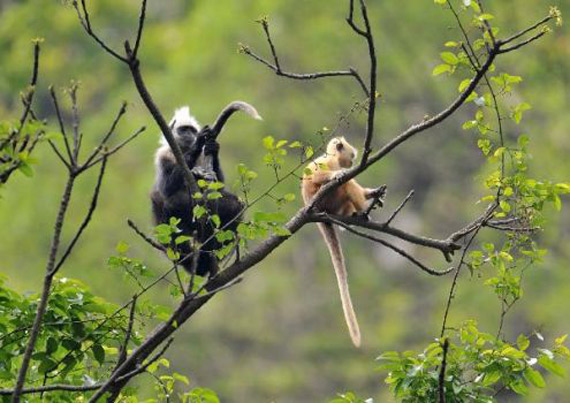
TẦM NHÌN MAB
Một thế giới mà ở đó con người nhận thức được tương lai chung của họ cũng như sự tương tác của họ với Trái Đất, và cùng nhau hành động một cách có trách nhiệm để xây dựng những xã hội phồn thịnh, hài hòa với sinh quyển.
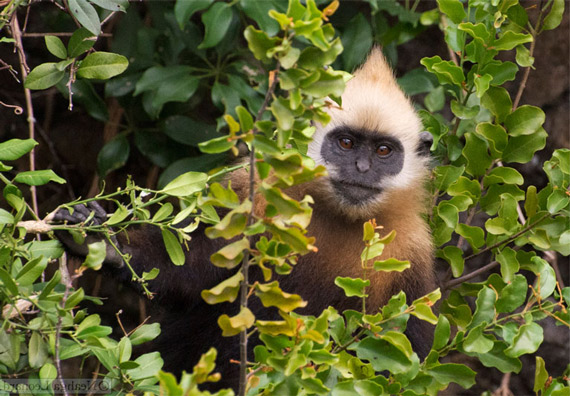
SỨ MỆNH MAB 2015-2025
Xây dựng và tăng cường các mô hình phát triển bền vững thông qua các Khu dự trữ sinh quyển thế giới
Trao đổi kinh nghiệm và bài học đạt được, và hỗ trợ nhân rộng những mô hình tốt trên phạm vi toàn cầu
Hỗ trợ đánh giá và quản lý ở tầm chất lượng cao đối với các khu DTSQ, chiến lược và chính sách phát triển bền vững, và các cơ quan, tổ chức có trách nhiệm và bền vững
Giúp các Quốc gia thành viên và các bên liên quan đạt được các Mục tiêu Phát triển Bền vững (SDG) bằng cách chia sẻ kinh nghiệm và bài học về khám phá, thử nghiệm các chính sách, công nghệ và đổi mới sáng tạo về quản lý bền vững đa dạng sinh học và tài nguyên thiên nhiên, giảm thiểu và thích ứng biến đổi khí hậu
